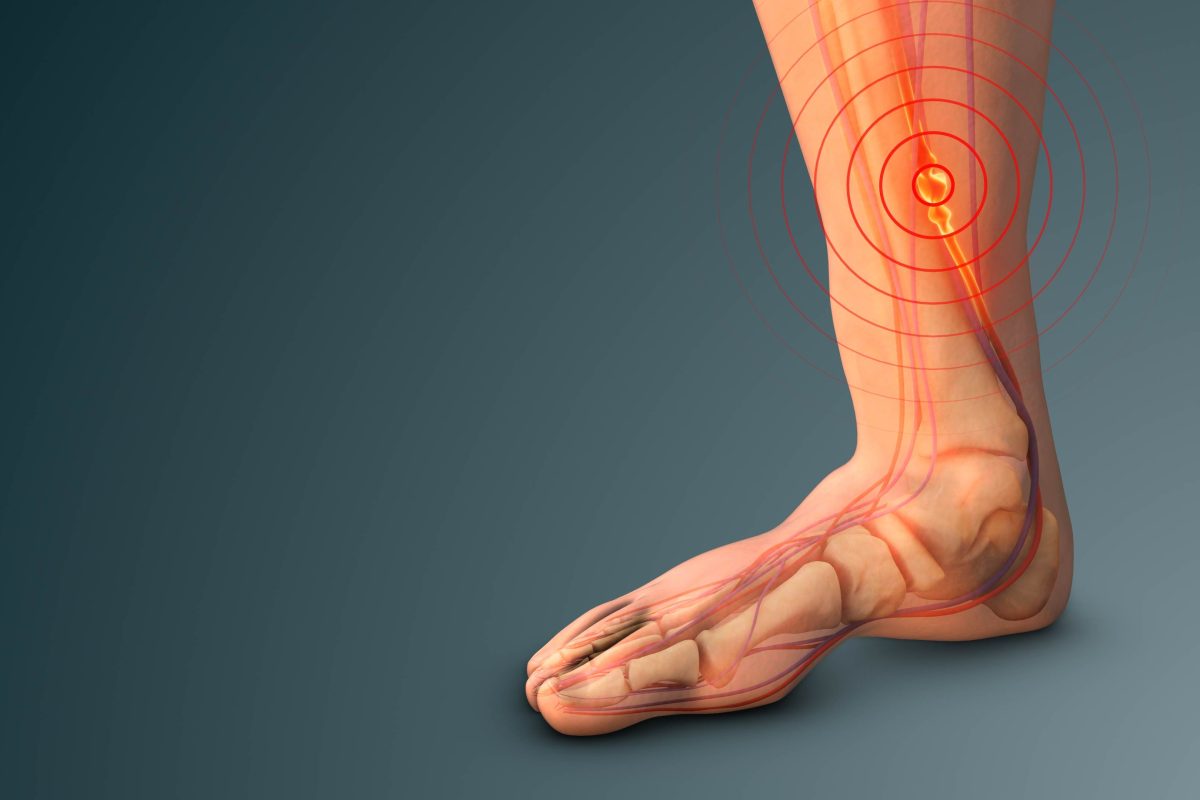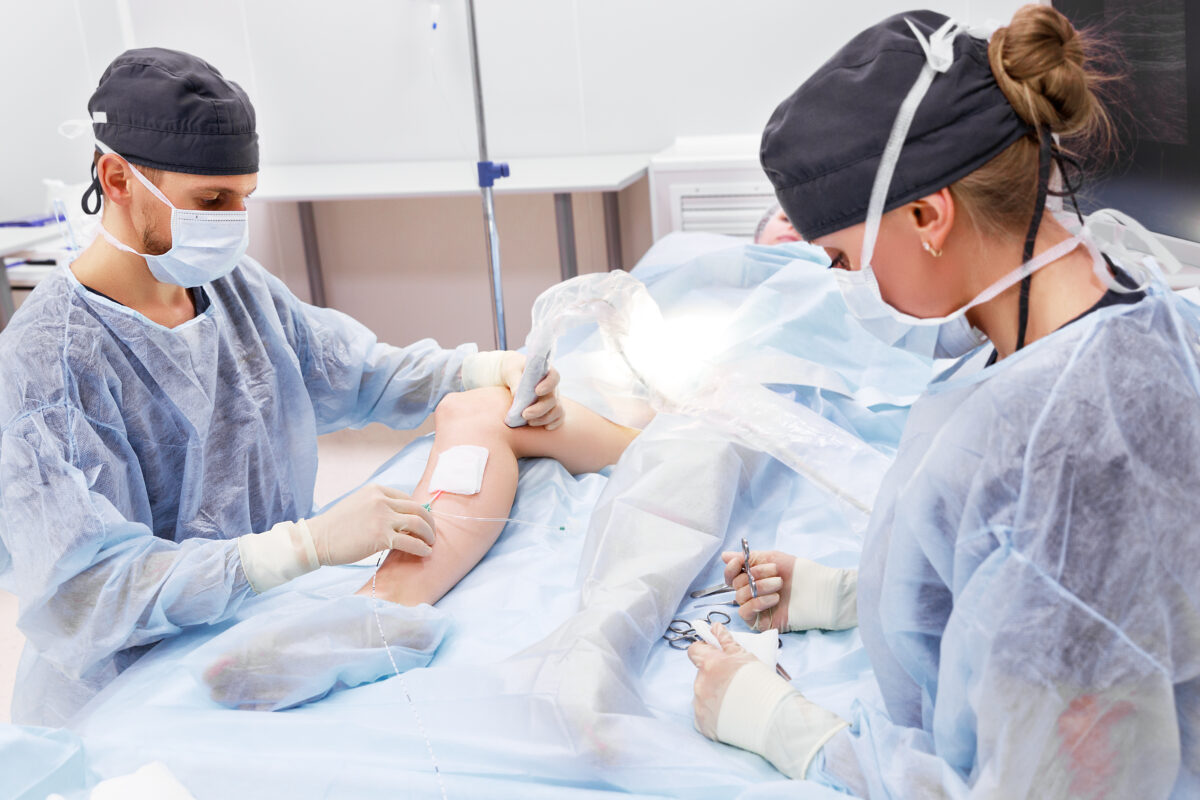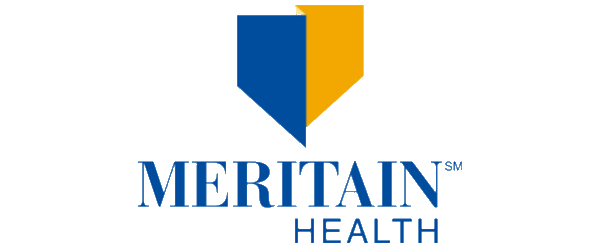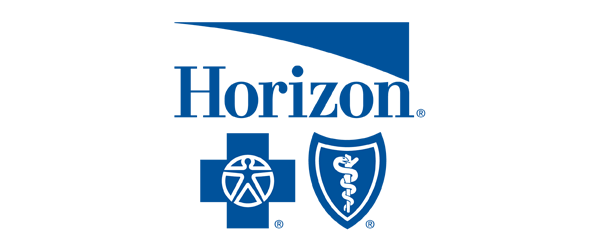While that sting in your feet or legs means something serious, it also means vein ablation for diabetic leg pain is probably on your radar. High blood sugar can hurt nerves and blood vessels, leading to diabetic neuropathy or slowed blood flow.
Brushing off that pain or numbness can put your mobility at risk, and ignoring these symptoms certainly won’t help you get better.
While there’s no magic fix for this problem, treatments have come a long way. Simple changes in daily habits can make a difference, and new therapies might also help you feel better. The main goal stays clear: ease pain, protect nerves, and keep your legs healthy. Taking immediate action helps patients.
“If you have diabetic neuropathy, then the symptoms will be different and may include weakness in muscles of the foot and leg, an unsteady walk, loss of balance control, poor coordination when walking or running, and stiffness of the legs,” states MantraCare. “It is a diabetic complication that can lead to diabetic foot pain. This type of neuropathy occurs when the small nerves in your feet and legs are damaged by elevated glucose levels over time. Consequently, you may lose feeling or have poor sensation along with an inability to properly control leg movements.”
Nerves, Blood Flow, and Vein Ablation for Diabetic Leg Pain
Before getting into vein ablation for diabetic leg pain, let’s discuss diabetic leg and foot pain. It has two main causes: nerve damage and poor blood flow.
Your nerves are like thin wires running through your body, and too much sugar in your blood works like acid, eating away the insulation and starting to break down the wire inside. A 1978 research study changed how doctors understand this damage. High blood sugar causes these nerves to swell, and when they swell, they lose their strength.
Even a little pressure can hurt them further, making problems like Charcot’s foot likely. This causes bones to get weak and joints to even collapse.
High sugar levels do a number on your blood vessels, too. Your vessels get hard and narrow, so less blood reaches your legs and feet. Healing slows down significantly since vital oxygen and nutrients can’t get through, meaning a tiny scratch could turn into a big sore that refuses to heal.
The danger of infection shoots up, and gangrene becomes possible even from a small wound.
Symptoms show up in several ways. You might feel tingling or numbness, as if your foot has gone to sleep. Some people find even the touch of a soft sock becomes irritating, and ordinary pressure or mild sensations may become much more painful than usual.
Weakness and burning pain might appear without warning. For many, these symptoms get worse with time unless sugar levels get under better control.
“What does this mean clinically? First, we know that if the nerve is edematous, it is more likely to become entrapped in small, non-expandible anatomical tunnels or constrictive areas,” according to MedCentral. “This has been demonstrated in both the upper extremity and in the leg and foot. In fact, the incidence of carpal tunnel syndrome in the general population in the United States is 2%, while in the diabetic population it is estimated to be between 14% and 30%.”
Diagnosis to Action: Foundational Treatments and Testing
Before you get an expert opinion on vein ablation for diabetic leg pain, you need to see where it starts and how severe it is. For this reason, a specialist might order two immediate tests: Electromyography (EMG) and a Nerve Conduction Velocity (NCV) test.
EMG looks at how your muscles react when nerves fire, and this process spotlights possible muscle damage; conversely, NCV checks the speed of signals moving along your nerves. With these two tests, your doctor finds out if the trouble hits the nerve fibers or the myelin sheath, so treatments can target the source rather than just covering up the pain. This level of detail means the doctor can choose the best way to help, starting right at your feet or legs.
Orthopedic treatments usually focus first on measures like a period of rest or physical therapy. Physical therapy matters a lot because it helps you keep your muscles strong and joints loose, and stretching moves combined with simple strength exercises really do make a big difference.
What’s known as “foundational care” includes:
- Physical therapy (PT) and rest. This improves range of motion, flexibility, and muscle strength.
- Medication. The use of NSAIDs (nonsteroidal anti-inflammatory drugs) or muscle relaxants to manage acute pain and inflammation can help.
- Lifestyle choices. This focuses on an anti-inflammatory diet, the key to supporting blood sugar control and healing.
- Surgery. As a last resort, this is usually reserved for severe cases like Charcot’s foot or non-healing ulcers requiring debridement.
Surgery usually comes only after everything else has failed. Doctors save it for tough cases that just won’t heal, and sometimes the removal of dead tissue becomes necessary. Most people won’t need surgery unless their condition gets really serious.
What is Vein Ablation for Diabetic Leg Pain?
Vein ablation for diabetic leg pain is a minimally invasive procedure used to treat chronic venous insufficiency (CVI) or varicose veins. CVI is often overlooked, causing leg pain in people with diabetes.
While leg pain in diabetic patients is most often linked to diabetic peripheral neuropathy, poor circulation and vein issues are also common due to diabetes damaging blood vessels. In CVI, the valves in leg veins that push blood back toward the heart become damaged or weakened, causing blood to pool.
This pooling, or reflux, leads to increased pressure, which can manifest as pain, heaviness, swelling, and cramping in the legs, sometimes referred to as venous leg pain. When it comes to a diabetic’s leg discomfort, a vein specialist may recommend an ablation procedure if an ultrasound reveals this underlying venous issue. Correcting the vein problem can alleviate the associated pain and symptoms, even if neuropathy is also present.
The ablation procedure is typically an outpatient, image-guided treatment that uses heat to close off the problematic vein. The two main types are Radiofrequency Ablation (RFA) and Endovenous Laser Ablation (EVLA).
The specialist uses ultrasound guidance to insert a thin tube, called a catheter, into the affected vein. Once positioned, the catheter delivers either radiofrequency waves or laser energy, which generates heat that permanently seals the vein shut.
The body then naturally absorbs the closed-off vein over time. By sealing the malfunctioning vein, the procedure forces the blood flow to reroute immediately to nearby healthy veins, improving circulation and reducing the uncomfortable pressure and pooling that caused the venous leg pain.
This provides relief for the CVI-related symptoms, usually with a quick recovery time compared to traditional vein stripping surgery.
Various Intensive and Supporting Therapies
Basic care works for some and vein ablation for diabetic leg pain works for others, but tough pain calls for unique help. Trigger point injections tackle sore knots in muscles.
For this treatment, a pain doctor uses a small needle to numb the spot, sometimes injecting a steroid as well. The area might hurt a bit more right after, especially if the needle hits the sorest spot. If heat or pain pills don’t help, this kind of targeted injection can break that stubborn pain pattern.
Acupuncture takes a different route, utilizing thin needles inserted into the skin at certain points, which prompts the body to flood the system with feel-good chemicals. These endorphins kick in, easing pain. Some people leave with more energy, while others just feel calm. Many notice lasting relief from symptoms that haven’t budged with other treatments.
Specialized treatments include:
- Trigger point injections. These target specific muscle knots with anesthetics and corticosteroids to reduce localized pain.
- Acupuncture therapy. This stimulates the body to release natural painkillers and neurotransmitters, relieving chronic symptoms.
- Therapeutic massage. It boosts blood flow and tissue healing, reduces inflammation, and lowers stress hormones.
- IV hydration. This delivers fluids, electrolytes, and nutrients like Magnesium and B vitamins directly to the bloodstream for faster recovery and electrolyte balance.
Therapeutic massage can offer more than just relaxation. It helps muscles heal, lifts your mood, and improves blood flow to the arms and legs. People with diabetes or foot pain often feel significant relief after a session. Some massage methods push out built-up fluid and bring down swelling, while the simultaneous drop in cortisol levels may ease stress.
IV hydration works differently because nutrients go straight into the bloodstream through a needle. The fluids carry key minerals like magnesium, potassium, and B vitamins, which helps energy return faster, replaces lost minerals, and speeds up recovery. Since chronic illnesses can drain the body, a quick nutrient boost can make a real difference in vitality.
Breakthrough: A New Hope for ‘No-Option’ Ulcers
Patients living with diabetic foot ulcers (DFU) and tough artery problems run out of options fast, as traditional treatments like bypass surgery or angioplasty just aren’t possible for some. For these cases, something new is showing promise.
A recent study looked at adding bipolar radiofrequency ablation to a Lumbar Sympathetic Block. The main idea is to block the nerve signals that keep blood vessels tight. Once those signals stop, blood flow improves in the leg, allowing wounds to heal more effectively.
The numbers from the study are surprising, revealing that over half of the patients getting this new treatment saw their wounds close up, while only a handful in the old treatment group healed. Thankfully, none of the people who tried this new method lost a leg.
“DFUs, frequently associated with peripheral arterial disease (PAD), represent a significant complication of diabetes mellitus,” states part of the findings published in Sage Journals. “In patients unsuitable for surgical revascularization, these treatment-resistant wounds, often accompanied by infection and tissue loss, not only increase the risk of amputation and severely impair quality of life, but also significantly elevate the risk of mortality. This necessitates the exploration of alternative therapeutic strategies.”
Pain was also much lower, with patients reporting that both nerve pain and their general pain had dropped by the six-month checkup. Additionally, the treatment turned out to be safe with very few issues reported.
For anyone facing the threat of amputation with no other solutions, this breakthrough matters greatly, providing a necessary way forward when everything else has failed.
Prevention and Protection vs. Vein Ablation for Diabetic Leg Pain
Daily routines make the biggest difference in managing whether or not you’ll need vein ablation for diabetic leg pain. No treatment will help if you skip the basics.
Since neuropathy often sneaks up, even small scrapes can go unnoticed; therefore, you must look at your feet every single day, checking for cuts, any redness, or warts. Don’t skip the bottoms of your feet or those tricky spaces between your toes.
Keep your feet clean with warm water and soap, but skip long soaks to avoid drying your skin. Dry every spot well, and then sprinkle powder between your toes to block moisture accumulation.
Choose shoes that fit well, pick socks with smooth seams, or wear supportive slippers indoors. Never go barefoot, not even for a minute. Your feet need warmth in winter and shade in summer, so remember to rest with your feet raised every so often. To maintain good circulation, wiggle your toes and circle your ankles, but keep your socks loose to help blood flow.
Sometimes trouble creeps in fast, so watch for any cut, blister, or sore that won’t heal after a day. You should call the doctor immediately if you see warmth, swelling, or red spots. Also, that dried blood in a callus can mean something deeper, and black spots with a bad smell are an emergency.
Keep regular appointments with your doctor to stay ahead of problems, and watch your blood sugar closely. These essential habits will help you keep moving and feeling your best.
| Care | Action | Rationale |
| Daily Inspection | Check both feet every day for cuts, blisters, sores, swelling, or skin color changes. Use a mirror or ask a family member for help. | Early detection is vital, especially with nerve damage masking pain. |
| Hygiene | Wash feet daily with mild soap and lukewarm water. Dry them thoroughly, especially between the toes. | Prevents fungal infections like athlete’s foot and bacterial growth. |
| Moisture | Apply lotion to the tops and bottoms of your feet, but avoid applying lotion between the toes. | Prevents dry, cracked skin, which can lead to entry points for bacteria. Keeping lotion out of the toes prevents excessive moisture buildup. |
| Footwear | Never walk barefoot. Always wear socks and properly fitting, protective shoes. A podiatrist may recommend special diabetic footwear to prevent pressure points. | Protects feet from injury and friction that can cause blisters or sores. |
| Nail Care | Trim toenails straight across and file the edges gently. | Prevents ingrown toenails, which can easily become infected. |
| Circulation | Put your feet up when sitting and wiggle your toes frequently to keep blood flowing. | Promotes optimum blood circulation to the lower limbs. |
| Lifestyle | Manage blood sugar levels and do not smoke. | High blood sugar and smoking deplete blood flow, aggressively worsening diabetic foot issues. |
| Professional Care | See a doctor or podiatrist for regular foot checkups, and never try to treat corns, calluses, or ingrown toenails yourself. | Professional care ensures early diagnosis and safe treatment of minor issues. |
Frequently Asked Questions (FAQ)
Here are answers to the most common questions regarding managing diabetic leg and foot pain, as well as its relationship to finding the best vein ablation for diabetic leg pain:
- Q: Can diabetic nerve pain be cured?
- A: Currently, there is no single cure for diabetic neuropathy, but the condition can be effectively managed. The primary goal of treatment is to relieve the pain and prevent further nerve damage by rigorously controlling blood sugar levels. Early intervention using medications, physical therapy, and lifestyle modifications offers the best chance of successful long-term management.
- Q: What is the main difference between an EMG and an NCV test?
- A: Both tests diagnose nerve issues, but they measure different things. The Electromyography (EMG) measures the electrical activity of your muscles in response to nerve stimulation. The Nerve Conduction Velocity (NCV) Test measures the actual speed and strength of electrical signals traveling through your peripheral nerves. The NCV test is key for determining if the damage affects the nerve fibers or the protective myelin sheath.
- Q: Why is circulation so important for diabetic foot health?
- A: Poor circulation is a major contributor to diabetic foot complications. When blood flow is restricted due to vessel damage, oxygen and immune cells cannot reach the feet efficiently. This means that minor injuries and ulcers take a long time to heal and can easily become infected, which can lead to severe conditions like gangrene or amputation if not managed immediately.
- Q: How do Trigger Point Injections help with diabetic leg pain?
- A: Trigger point injections are used to treat painful, localized knots (active trigger points) in muscle tissue that often contribute to chronic pain, even when the underlying nerve damage is present. The injection, which usually contains a local anesthetic and a corticosteroid, directly numbs the area and reduces inflammation, providing targeted relief when systemic or oral medications haven’t been effective.
- Q: Is it safe to use massage therapy if I have severe neuropathy?
- A: Yes, therapeutic massage is generally safe and often highly effective when performed by a professional aware of your condition. Massage is beneficial because it helps increase blood flow to the extremities, reduces inflammation, and lowers stress hormones like cortisol, all of which support overall tissue healing and pain reduction.
- Q: What does it mean if I find dried blood inside a callus?
- A: This is an urgent red flag. Calluses with dried blood inside are often the first visible sign of an underlying wound or ulcer that has gone unnoticed due to numbness (neuropathy). This means the wound is already deep enough to bleed and requires immediate medical attention to prevent severe infection and potential progression to gangrene.
Wellness and Pain
Find your personalized vein ablation for diabetic leg pain by visiting Wellness and Pain. We offer conservative treatments, routine visits, and minimally invasive quick-recovery procedures. We can keep you free of problems by providing lifestyle education and home care advice.
This enables you to avoid and manage issues, quickly relieving your inhibiting lifestyle conditions when complications arise. We personalize patient care plans based on each patient’s condition and unique circumstances. Wellness and Pain can help improve wellness, increase mobility, relieve pain, and enhance your mental space and overall health.













